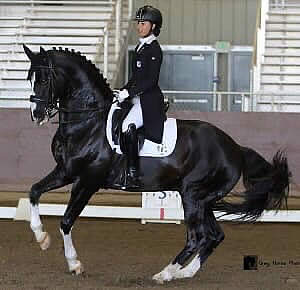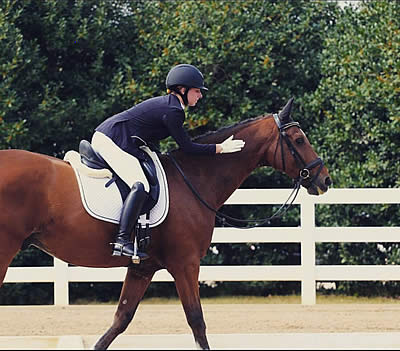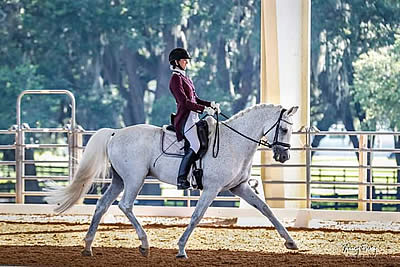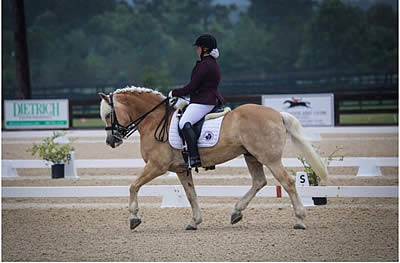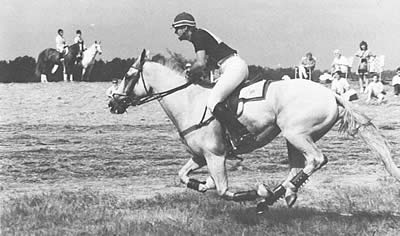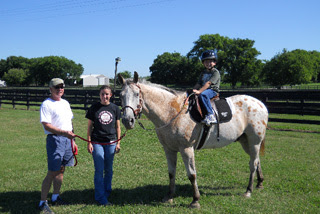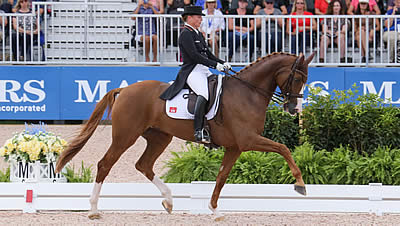Being different can be tough. While on one hand we all want to stand out and be unique, we also are programmed by our very nature to want to fit in. We want to belong. If you’re different than the crowd, sometimes you can feel left out or “wrong.”
I have a good friend in Tennessee who shared his experience in being different. You see, Chester was a very accomplished hunter/jumper. He is very brave and has springs for legs. He is also a leopard Appaloosa, so he has spots all over his body. Some of the fancier European warmbloods he met at the horse shows used to tease him about his spots, calling them “zits.” It hurt his feelings.
Chester admitted that being made fun of caused him to withdraw. He became a bit of a loner. He expected other horses to make fun of him, so to stop any unkind, snarky comments, he’d attack first. When he met a new horse, he’d immediately look for something wrong with THEM to use as an emotional barrier. Sometimes he’d make fun of anything different he could find, so the focus was on them, and not on him.
As Chester matured, he realized that this kind of behavior was not effective. All it did was give him the reputation for being a grump, and caused him to be very isolated and lonely. It took him years to realize that the spots on his coat did not define who he was. He was so much more. His natural talent for jumping, his ability to grasp and follow his rider’s subtle requests, his bravery in new situations… THESE were the things that made him a great horse.
With determination, Chester made the decision to focus on the things that made him special. He refused to listen to those who criticized what he looked like, and put all his mental energy on his talents and successes. Since he naturally got more of what he thought about, he carried his rider with great pride and confidence, and won many blue ribbons.
When Chester stopped looking at the world through the lens of being a victim of his differences, he discovered that most people and horses didn’t dislike his spots at all. In fact, his spots were one of the things about him that many found interesting and intriguing. Chester discovered that the problem was in his OWN MIND, not in the minds of others.
When Chester retired from jumping, he got a job at a therapeutic riding center. At first, he was really nervous, because it was all new to him. He withdrew inside himself and refused to interact. He quickly got labeled a “loner.” But he stayed observant. It didn’t take long for him to see that the young humans he was working with had many of the same issues he had. He saw himself in these kids, noticing that many were in a state of protective withdrawal or a state of “attack first to prevent hurt.” He could feel their fear and pain, and knew that they felt the same way he had when he felt “different.”
Chester had an idea. He realized that he could help these kids by recognizing them as perfect beings and accepting them exactly how they are. He knows they may be different from most others, but that doesn’t make them wrong or less-than, any more than his spots make him bad or less-than. Concentrating on what these kids CAN do, allows Chester to acknowledge and support more of their successes. And he found a new strength in himself. He became a favorite and most beloved mount.
I remembered how I felt about being teased about my leg feathers. Being a draft breed with hairy legs made me feel different. I didn’t like the feeling. But when I embraced my differences and took joy in my unique appearance, I felt good about myself. No one else’s opinion mattered.
Are you different in some way? How does that make you feel? Can you concentrate on the wonderful things you like best about yourself? Give it a try. How you feel starts inside of YOU.
Love, Moshi
Jane Savoie
1174 Hill St ext.
Berlin, VT 05602
Jane’s Website
DressageMentor.com

